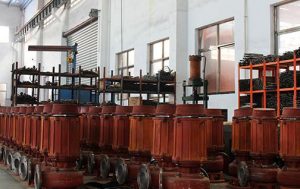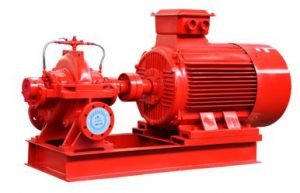A fire pump from the development to the completion of production, is a multi-process, multiple assessment. When buying a fire pump, many customers only know how to choose a fire pump, how many fire pumps are selected, or whether the fire pump is qualified from the surface, but I don’t know, we need to understand the new regulations in the production process of fire pumps.

So what are the regulations for fire pump valves and pipes?
Regulation 1: The ordinary fire pump pipeline adopts a single manual opening and closing function valve. However, if the outlet diameter of the fire pump is >300mm, the valve with a single manual opening and closing function cannot be used. The simple combined remote control valve has a quick opening and closing function. And the seal is reliable, and the obvious opening and closing sign is marked at the valve
Regulation 2: The normally open or normally closed valves of the fire pump shall be provided with locking devices. The control valves and valves requiring opening and closing shall be provided with opening and closing indicators. The control valve participating in the linkage control of the remote control gun system shall be transmitted to the system control room.
Regulation 3: The material of the fire pump pipeline is very particular. Generally speaking, the fire pump pipeline should be made of corrosion-resistant materials.

Rule 4: If the pipeline of the fire pump is a foam liquid, a foam mixture or sea water, a flushing interface should be provided at the proper position of the pipe. In order to automatically discharge the trapped air from the pipe. Or set a bypass test interface after the foam proportioning device.The valve of the fire pump is a control component in the fluid conveying system, which has functions of cutting off, regulating, diverting, preventing backflow, stabilizing, diverting or overflowing pressure relief; the pipes of the fire pump are pipes, pipe couplings and valves. A device that is coupled to transport a gas, a liquid, or a fluid with solid particles. There is an inextricable relationship between the two, seemingly independent, but they have to support each other.
